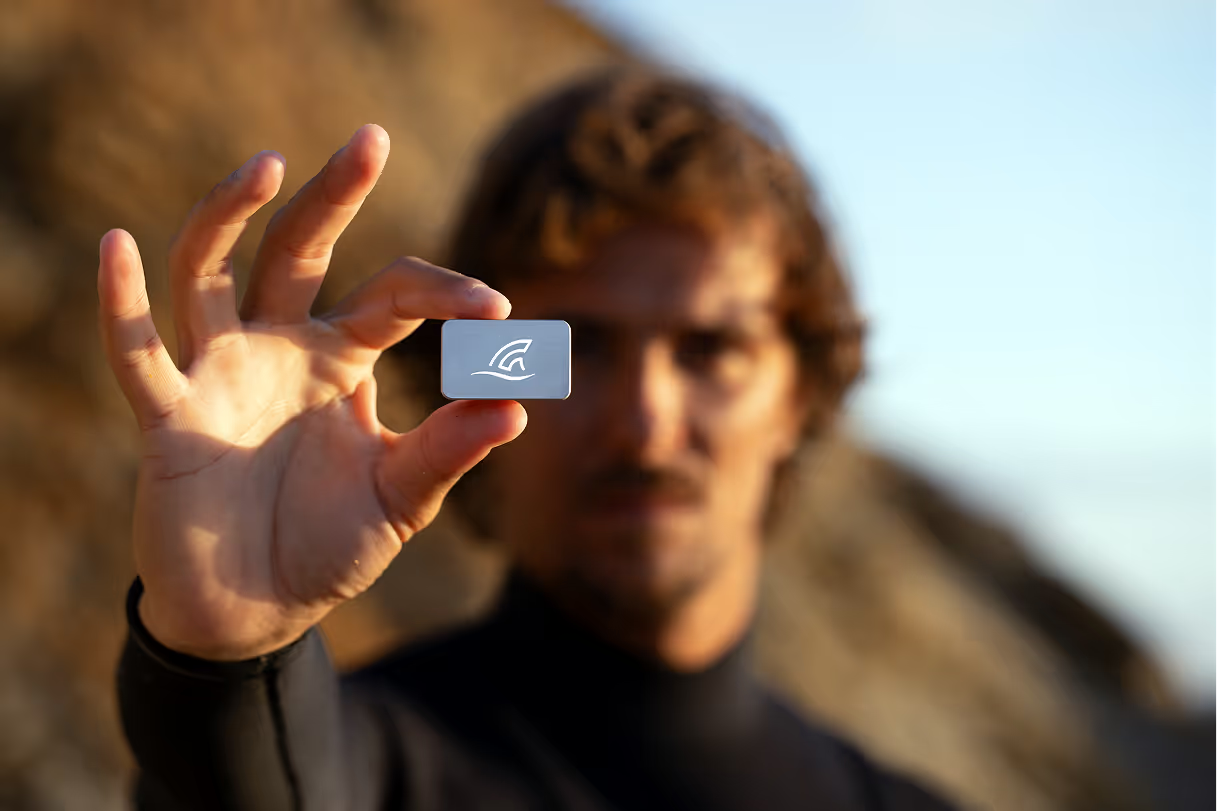Surfing Turn Timing: How to Match Speed and Technique
Why Timing Matters in Turns
Turns aren’t just about pushing hard on your back foot. While pros and beginners both press down to pivot the board, many intermediates run into problems—losing speed, sliding out, or stalling. The real secret isn’t just “push harder,” it’s knowing when and how to apply pressure based on your speed.
Lean vs Twist
Think of turning like riding a bike or skateboard down a hill:
- At speed: You lean into the turn. The water rushing under your board gives stability and control.
- At low speed: You twist your upper body to steer. Trying to lean without enough speed will just bog your board.
On a wave, this means:
- Bottom turns (fast, after the drop): Use a smooth lean to redirect your momentum.
- Top turns or slower sections: Use more twist to pivot quickly and stay in the pocket.
The key is using your senses: judging how much speed you have, where you want to go, and matching lean or twist to the moment.
The Biggest Mistake
Many surfers hear “push on your back foot” and apply it everywhere. On the shoulder of the wave, that stalls the board or makes it flip out. The fix? Stop forcing the tail and start listening to your speed. Use lean when fast, twist when slow.
How TRAX Helps You Improve Turn Timing
Turn timing can feel subjective—until you see it on paper. TRAX measures your speed, turn angles, and rail engagement across waves, revealing whether you’re leaning at speed or forcing twists when you shouldn’t. That way, you’ll know exactly where your timing is off and how to adjust for smoother, more powerful turns.
Related Reading
- Bottom Turns – The Setup That Defines Your Surfing
- 5 Turning Mistakes That Keep You Stuck
- Embrace the Suck – Why Struggling Is How You Progress in Surfing








